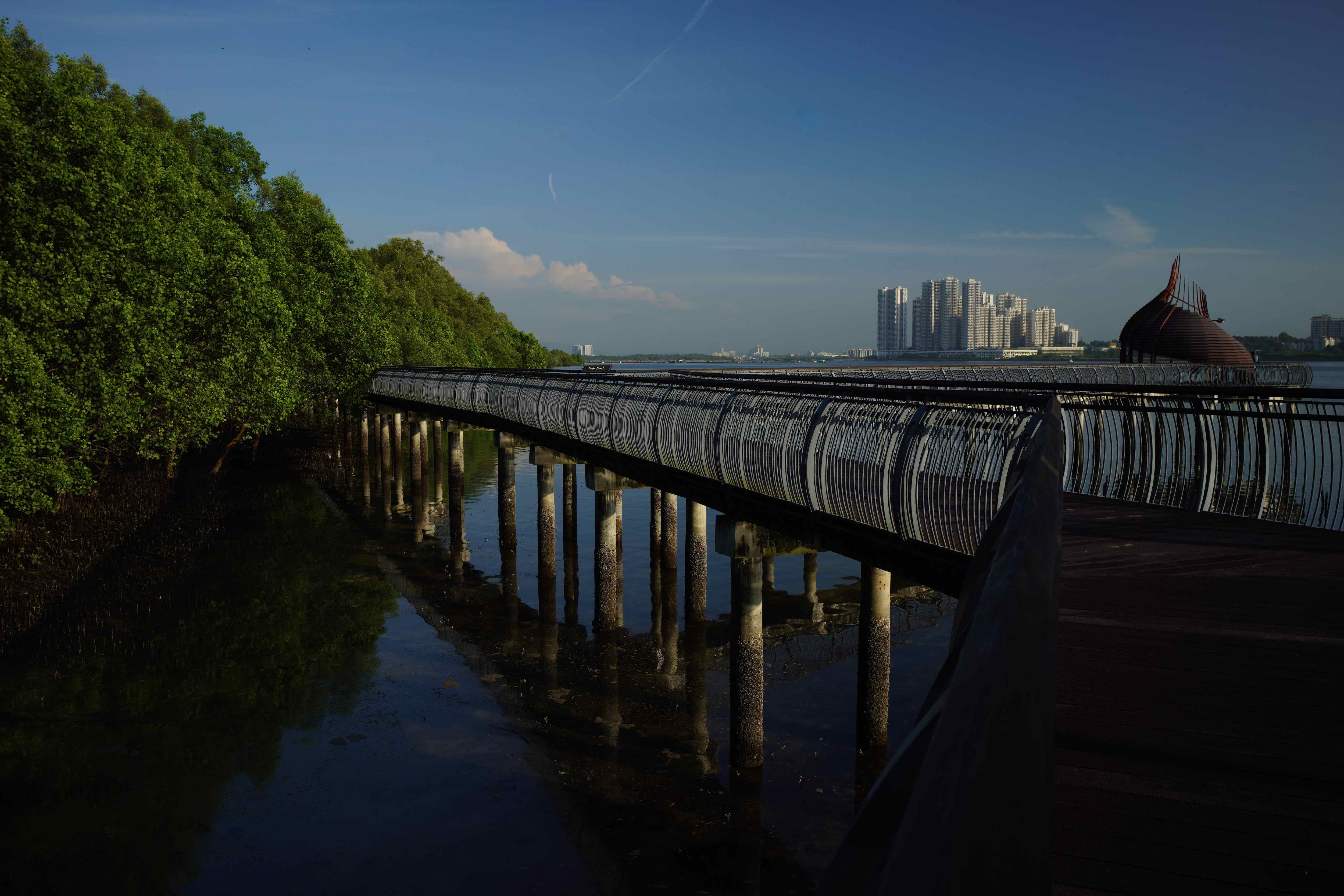Alpha 6400 / FE200600 G
- Details
- Created: Sunday, 26 April 2020 01:47
- Hits: 1712
Budget System for Wildlife Photography

A7R/Mulvis 50/2 Makro Planar. The new sony bluetooth remote RMT-P1BT is really handy and easy to use as no line-of-sight issues like the IR remote.
My recent bird photography started with A7R2 and the very sharp G Master 100-400/4.5-5/6 zoom. Reach is still the key factor for bird photography for me, so next I go for the 200-600/5.6-6.3 G lens.
The surprising part of the Sony 200-600 is the price : D. Sony made it a non-G Master, and therefore the price is cheaper than the 100-400. So bird photography with a 600mm lens becomes much affordable, compared to the out of reach to most people the G Masters 400/2.8 and the 600/4. Maybe I will get the 600/4 one day, but certainly not now.
Next come to the auto focus speed and capability of the A7R2. Although manual focus is still more effective in some situations, auto focus no doubt is a very important capability for bird photography. The A7R2 is probably too ‘old’ in terms of speed, so I look at the A6400.
A9 will definitely do the job, but I like high megapix. A7R4 with 61 megapix will also likely do the job, but I not willing to invest few thousands on the R4 when my A7R1 and R2 are still working fine. Then the budget A6400 comes into the picture. For A6400, I get the latest (though not the fastest) AF technology from Sony, and for the reach I use full frame at APS-C mode anyway so the A6400 and the 200-600 pair up so nicely for what I want, at reasonable price!!

A7R/Mulvis 50/2 Makro Planar
So there it goes, that I took thousands of shots with the A6400/G200600 compo at one of the nature reserves in land scarce Singapore, the Sungei Buloh Wetland Reserve.

A7R/Mulvis 50/2 Makro Planar

A7R2, f8 1/160. 35/2.8 PC Distagon T*, ISO 100, MT190CXPRO3/BHQ2, 9 Dec 2021
Sungei Buloh Wetland Reserve is located in the North of Singapore. It is a world filled with rich biodiversity throughout the year with its native inhabitants like mudskippers, crabs, shellfish, water snakes, monitor lizards, otters. Also there are a variety of resident birds like herons, kingfishers and sunbirds, plus the seasonal migrants from September of current year to March the next year. The Reserve now has a new park and the old park. I prefer the new park for along the shore line wildlife and scenery, especially the white-bellied sea eagles, and prefer the old park for crocodiles, kingfishers, herons and egrets. The A6400 and FE 200-600 compo prove very useful and handy for me to capture birds in these parks.

The Old Park .....

Stork-billed Kingfisher, f9 1/500 @541mm, ISO 1250, 16 Nov 2019.

Collared Kingfisher, f8 1/4000 @600mm, ISO 1250, 27 Dec 2019.

Otters, the SBWR family, f6.3 1/4000 @400mm, ISO 1000, 27 Dec 2019.

Flying Whimbrels, f8 1/1600 @600mm, ISO 800, 12 Dec 2019.

Milky Storks, f8 1/2500 @600mm, ISO 800, 27 Dec 2019.

Oriental Pied Hornbill, f8 1/500 @600mm, ISO 800, 16 Nov 2019.
The New Park .........

A7R4, f5.6 1/250 ISO 320, Loxia 25/2.4 Distagon T*, Fantail Pod, 25 Aug 2022

A7R4, f5.6 1/250 ISO 125, Loxia 25/2.4 Distagon T*, Fantail Pod, 25 Aug 2022

A7R4, f8 1/200 ISO 160, Loxia 25/2.4 Distagon T*, Eagle Point, 25 Aug 2022

Little Egret, f6.3 1/2000 @600mm, ISO 800, 29 Feb 2020.

Striated Heron, f6.3 1/1600 @600mm, ISO1250, 26 Jan 2020.

White-bellied Sea Eagles, f6.3 1/800 @600mm, ISO 800, 26 Jan 2020.
All the wildlife photos taken with Manfrotto MT190CXPRO3 with BHQ2 ball head.

